'The Queen of My Dreams' Is a Love Story for the Ages
At its heart, director Fawzia Mirza's theatrical debut is a coming-of-age queer drama. But it's also a poignant love letter to mothers and daughters, a cautionary tale about intergenerational trauma, and a cinematic feat showcasing 1960s Pakistani culture.

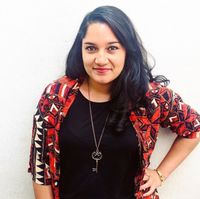
In Fawzia Mirza’s feature directorial debut, The Queen of My Dreams, the more things change, the more things stay the same. The film centers on the strained relationship between Azra (Amrit Kaur) and her mother, Mariam (Kaur in the 1960s, pulling double duty, and Nimra Bucha in the ‘80s and ‘90s), which is further tested when Azra’s father dies suddenly. Told mostly in two timelines—a lush, colorful, and warm ‘60s Karachi, Pakistan, and a duller by comparison ‘90s Nova Scotia, Canada—Azra comes to understand Mariam’s life through the technicolor flashbacks and fantasy sequences that recreate scenes from Sharmila Tagore’s hit 1969 Hindi-language film Aradhana (a favorite of her mother’s).
As Azra comes to learn, Mariam’s adolescence was marked by acts of rebellion that are synonymous with the era in South Asia but were rarely shown on screen. “The '60s were the '60s all over the world, not just North America,” Mirza tells Marie Claire on a Zoom call a few days before the film’s June 20 theatrical release. “The music, fashion, and romance—these vibes were happening all over.” In the film’s flashbacks, Mariam wears modern clothing (shimmering mini dresses, polka-dot headbands, and a two-piece bikini that Mirza says was inspired by Tagore’s boundary-pushing 1966 Filmfare magazine cover), dances at nightclubs, and falls in love with a doctor who has his sights on moving abroad. It’s the latter that causes a rift between Mariam and her own mother, who takes her daughter’s eventual relocation to Canada personally. It’s a trauma that Mariam carries forward and eventually inflicts on her daughter when she reacts poorly to Azra’s lesbian identity—a sharp contrast to the carefree attitude Mariam held in her youth.

Fawzia Mirza directing Amrit Kaur and Kaya Mosley on the set of The Queen of My Dreams.
The Queen of My Dreams is semi-autobiographical, loosely pulling from Mirza’s relationship with her own mother and inspired by her family’s photographs from the era. “There's a picture of my mother on her 16th birthday in a crown and a mermaid-style sleeveless one-piece dress, and she looks stunning,” Mirza recounts. “That's how some of this film came to be: I was wondering about who she was then. And if I knew her, what would our relationship be like now?”
Here, Mirza expands on the film’s influences, the crucial role costuming played in depicting each era, and why she thinks Bollywood is “queer-coded.”
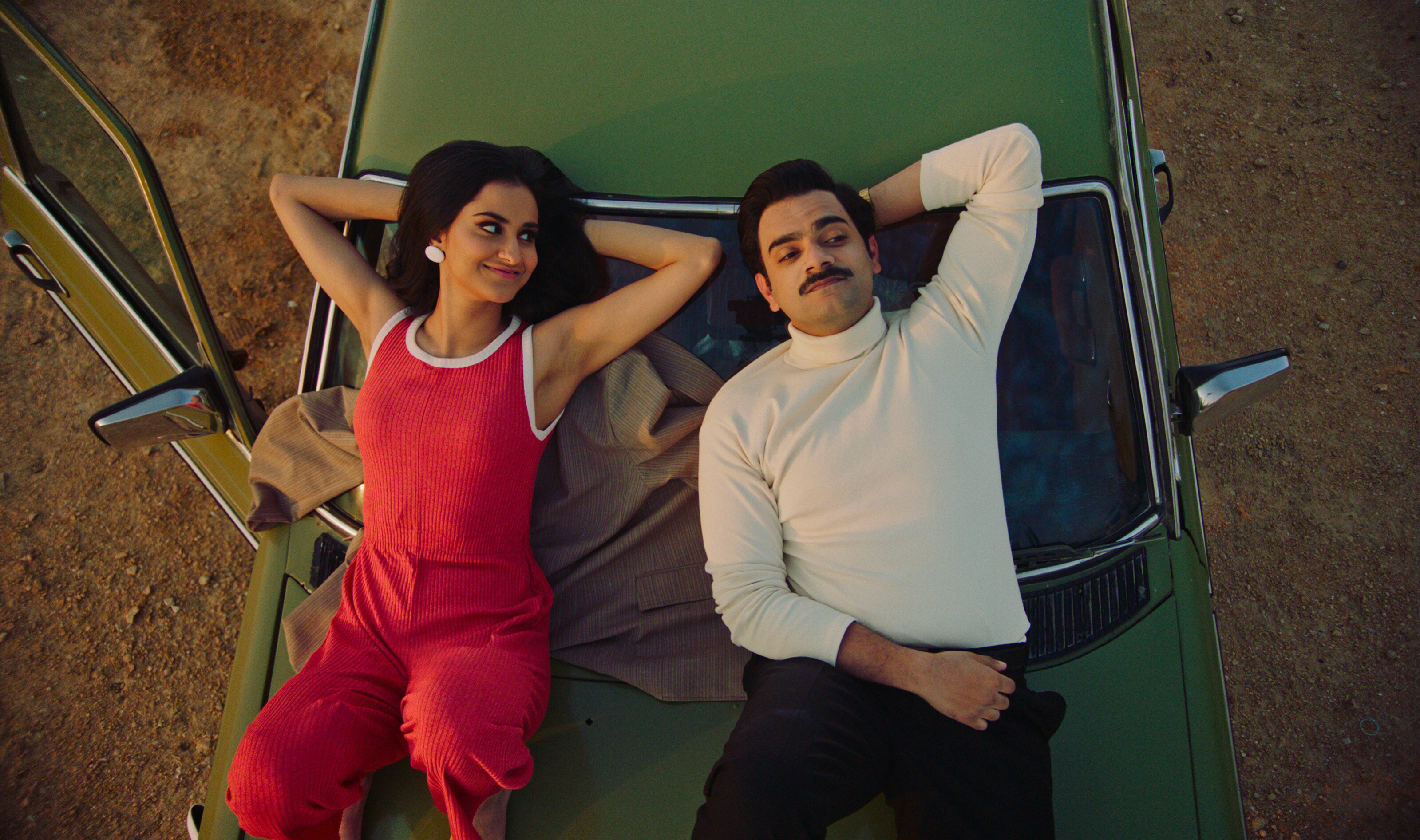
In 1960s Pakistan, young Mariam (Amrit Kaur) and Hassan (Hamza Haq) have dreams of moving to North America.
Marie Claire: Why was it important to you to show 1960s Pakistan and how did you research the era?
Fawzia Mirza: I’d been looking at family photographs of the time. One of the things that was non-negotiable for me was showing ‘60s Karachi because that was when my mom was there. In talking to elders from that time, they all talk about it being the golden era of the country; It is in this postcolonial haze. But elders talked about photographs that are in a box or in a closet somewhere, or they lost their photographs when they had to travel during Partition. In the last 10 years or so, there's been a lot more of those websites and social pages, like Vintage Pakistan, where people are putting up old images so we can all have our collective photo album and one place where we can look for our history because it's kind of been forgotten or erased. I've never seen [that era] on screen. I don't know if it ever had been depicted on screen.
MC: While watching, the word that kept coming to my mind was “progressive,” especially compared to the version of the country we see today.
Get exclusive access to fashion and beauty trends, hot-off-the-press celebrity news, and more.
FM: Yeah, in my head there's a project called “1969” and it's set in Karachi. It's set in Beirut. It's set in Cairo. There's this moment that is true all over the world of these progressive and pre-dictators eras all around the world that we could explore that I think would be so fascinating. I think fashion is political; it tells us a story of a time. And Pakistan is no different.

Mirza collaborated with costume designers in Canada and Pakistan to recreate clothing that resembled '60s era Pakistani fashion.
MC: I was really surprised to see so many Western silhouettes, especially the bikini. What conversations were you having with your costume designer?
FM: We had incredible teams in both Canada and Pakistan. We had a conversation in early stages about all of the scenes and then they put together a myriad of images. We started selecting what felt really “in world” for the ‘60s, what felt right for the ‘90s.
What's fascinating about Pakistan is you can’t just go to a store and find vintage clothes. If you're looking for vintage clothing, it's either in someone's closet or it's gone. So we selected images and the team found the patterns of those original outfits and recreated them. They digitally printed the look of it onto the fabric. It was this really time-consuming but deeply detail-oriented process.
It was so important for telling the story, obviously, not just for the time period, but also because Kaur is playing two roles and fashion was essential for her as an actor to tell her story by shifting the hair, makeup, the clothing.
MC: Do you have a favorite outfit?
FM: I love the dress Mariam is wearing while dancing [at the club], with the tight collar and then the dress bells out. I love all the flight attendant looks. I’ve romanticized the flight attendant look because of a really famous magazine ad of Dick Van Dyke being served a glass of champagne by a flight attendant, so I wanted these flight attendant looks to be iconic.
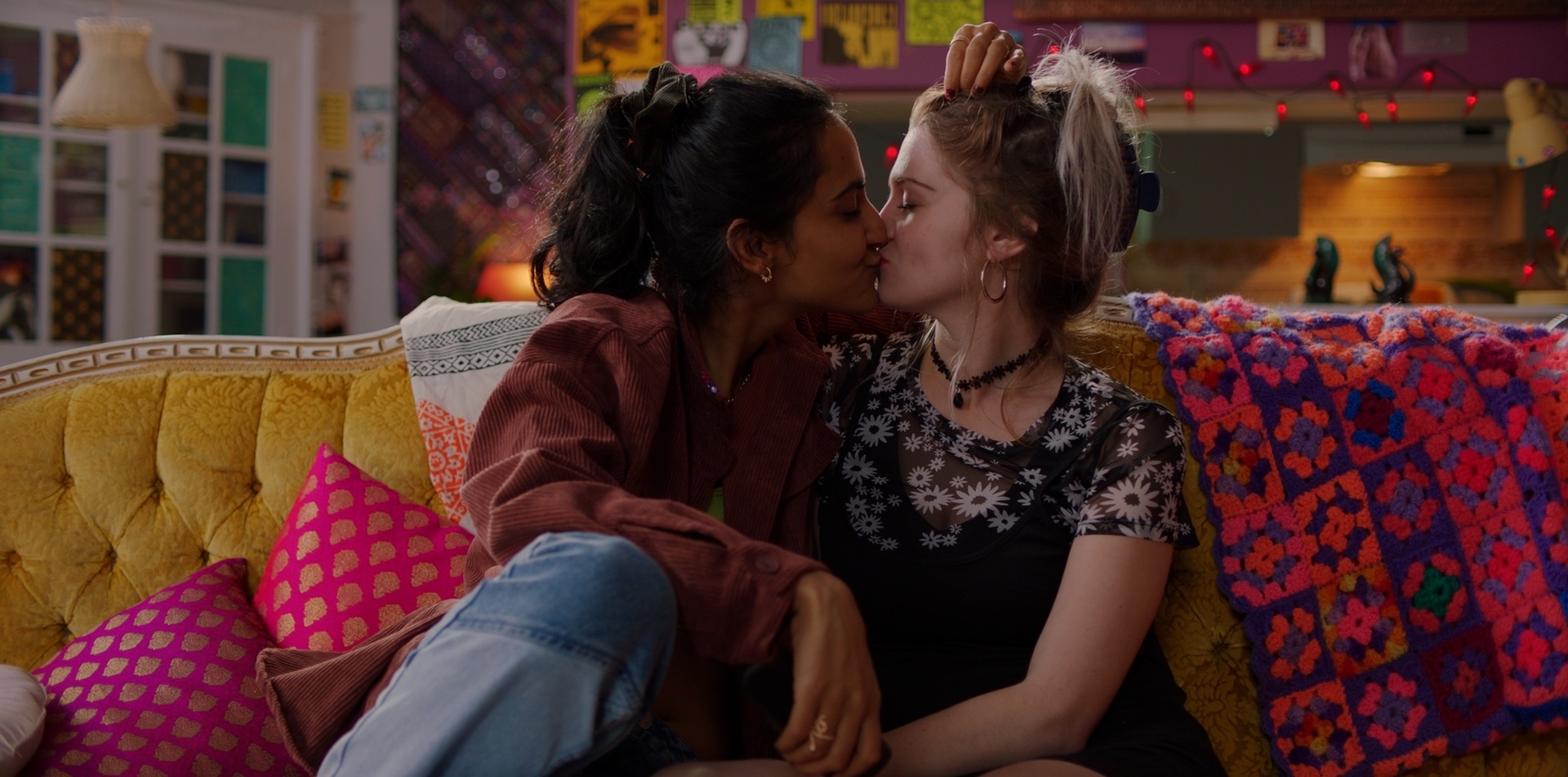
Kaur pulls double duty, also playing Azra in the '80s and '90s.
MC: How would you describe the mood of each era of the film?
FM: The ‘60s are romantic. The ‘90s in Canada are probably a little more of the grunge aesthetic, but also we're in the ‘90s from a fashion perspective right now. That helped us be super sustainable. Everything was vintage, everything that our actors were wearing there was upcycled because it's also on trend. Then the ‘80s portion, also in Canada, is very synthetic. The clothes had that synthetic vibe, and we sourced real Tupperware that you don't really want to eat out of anymore.
MC: There are a lot of layers to Mariam. How did you go about crafting that character?
FM: The origin comes from my own desire to understand my mother. Fashion is how we represent externally, and is so key to my journey. I'm dressed like a queer, lesbian person. I’ve got these big glasses, I have this short pushed back hair. I love denim. My mom wears shalwar kameez, very traditional Pakistani clothing. She wears a hijab that matches her outfit every day. We look so different in how we dress every day, and yet we are so similar. Similarity is the thing I was chasing this whole time. How are we so similar to our parents in ways that maybe we're not ready to accept yet? We're similar to our mothers, and our mothers are similar to our grandmothers. We are original and yet we are repeating a cycle.
Part of the fantasy in this film is that I don't know why my mother, or any of our mothers, change. But I wanted to understand [why], and I wanted to have compassion for that woman. I imagined that maybe [Mariam] moved and was struggling to make sense of this new world, and she went through this really hard time where her husband had a heart attack. [Mariam] was scared and alone and far away from her family, and she made a promise to God, because sometimes that's what you do when you're scared. You don't know what else to do.
What I was thinking about and chasing this whole time is that maybe we all change. I'm not the same, so how can I judge somebody else for not being the same either? My art is so deeply connected to my growth as a human, and what it taught me is that if I want someone to accept me for who I am, then I'm going to accept her too. The fantasy and the aspiration at the end of this film is that we can all meet and we can begin again.

"How are we so similar to our parents in ways that maybe we're not ready to accept yet? We're similar to our mothers, and our mothers are similar to our grandmothers. We are original and yet we are repeating a cycle," says Mirza.
MC: Was that duality between mothers and daughters why you wanted Kaur to play both roles?
FM: There's a line in the film at the beginning: “We're not subtle, we like to hit you over the head with symbolism.” Casting one actor in both roles as the mother and the daughter is definitely me whacking you over the head with symbolism. But I don't want to say that I knew that I was going to do that the whole time. It was something that came to me when I was trying to figure out the casting. I really trust the audience. [They] are smart, we will get it. If you give [them] that emotional truth of character, we will go on the journey with you.
I am committed to telling and making stories that send hope, and thereby manifesting the kind of world we could live in.
MC: What does it mean to you that this movie is coming to theaters during Pride Month?
FM: At this moment in time, it feels impossible to feel hopeful. Whether you are queer, a woman, trans; whether you are Palestinian; undocumented; or if you have a visa in the United States of America, there are so many reasons that we could feel hopeless. I am committed to telling and making stories that send hope, and thereby manifesting the kind of world we could live in. Being able to share it in theaters with the women-led distributors we're working with who believe in the movie and the importance of the story, I feel really blessed. I made this for us. It's for our communities. However you identify, whoever you are, I made this for us to feel something real and connect to truth and spirit, to who we are and to who we can be.
There is power in the collective and community viewing of art…It's a miracle to make a piece of art. It's a miracle to make a movie. It's a miracle to get distribution and to have people watch it. So I believe in miracles.
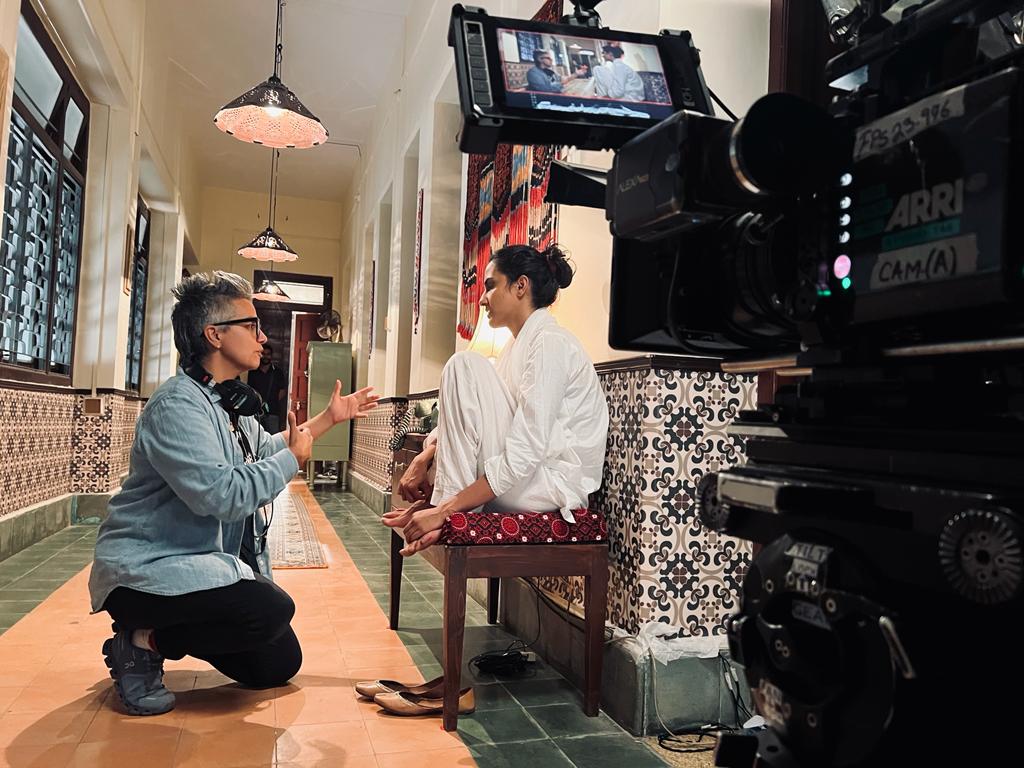
Mirza shares, "My art is so deeply connected to my growth as a human, and what it taught me is that if I want someone to accept me for who I am, then I'm gonna accept her too."
MC: I attended a panel you were on in Los Angeles earlier this month where you said, “Bollywood is queer-coded.” Can you elaborate on that?
FM: Part of the inspiration for the short film I made in 2012, that this feature is based on, was to reimagine Bollywood from a queer lens. There’s a little bit of drag in that short, so there’s a reclamation involved in some of my work. But Bollywood is so queer-coded: the grand gestures, the aspirational love, the dreams of this expansive world and life and romance. The fact that we can be anything in Bollywood is so queer and trans-coded. We are exactly who we dream we can be and there is no limit in Bollywood. You can be in Karachi or Mumbai or Delhi, and the next second, you can be transported to the mountains in Switzerland. That is how possible life can be.
There's so much divine feminine in the men. The heroes in Bollywood used to be soft: they were soft in the stomach, they're soft in the face. They didn't have to have those very Western ideas of masculinity, like abs and chiseled this and that. Or the way you treat a woman—it’s sort of backwards, deeply patriarchal. But if you really look at the cinema, people are soft and sweet and they're singing songs at the top of a mountain. Who doesn't want that?
MC: What do you hope for the film’s legacy?
FM: I would love this film to open conversations across generations. After watching the film, I have had men, women, and non-binary folks say to me, “I'm calling my mother. I'm calling my parents. I'm not queer, but I have a really tough relationship with a parent and I need to talk to them about who I really am.” That healing is the power of what we do. We all need inspiration, and we all need to know we're not alone, and if this movie can help folks see that it's not just them going through this, what a great legacy.
This interview has been edited and condensed for clarity.
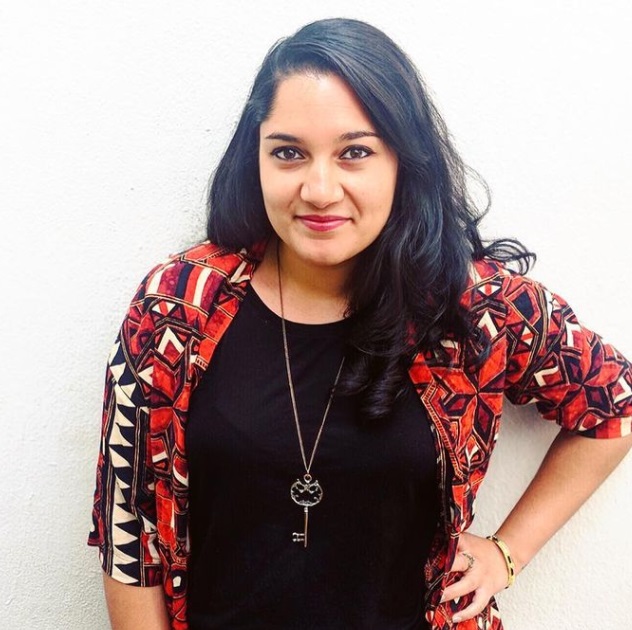
Radhika Menon is a freelance journalist, with a general focus on TV and film. Her cultural criticism, reporting, and commentary can be found on Vulture, ELLE, Teen Vogue, Bustle, and more. You can find her across all socials at @menonrad.